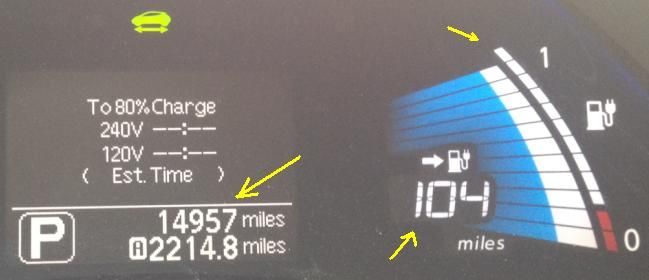Joeviocoe said:
Opinion:
It would be more accurate if everyone, who either has lost a capacity bar or is perceiving range loss,... would take the Leaf to a Dyno and run the car on the EPA drive cycle test, to see exactly how much of the range loss is true. Gauges (GID or on the instrument cluster) can be faulty, and so can the perception of the driver. "Butt dynos" are very inaccurate, and the placebo effect is very prominent for mileage claims.
Joe, agree with you in general. The objections against accuracy of real-world range tests are valid. On that note, I would like to remind everyone that the results obtained in the test organized by Tony were quite good for the vehicles with known battery health information from Case Grande.
Organizing dynos and staging EPA cycle tests will likely be beyond the means and capabilities of most owners. Based on the work done by
TickTock, drees, and some others, I would instead suggest driving the car to turtle, and measuring the amount of energy it will subsequently accept when charging it back up to 100% on level 2. AFAIK the EPA test determined that the Leaf will take 24.5 kWh from the wall, and this is what the MPGe ratings are based on. There were some objections to the accuracy of this approach, but in my own experience it has proven to be quite consistent, and more reliable than a simple Gid reading. I would typically confirm the results by a range test as well, and I'm fairly confident that this approach will work.
Although this test requires some effort, it should be easier to execute than an EPA cycle on a dyno. Once LeafScan is available, we should be able to get the battery state of health reading from the CAN bus.




